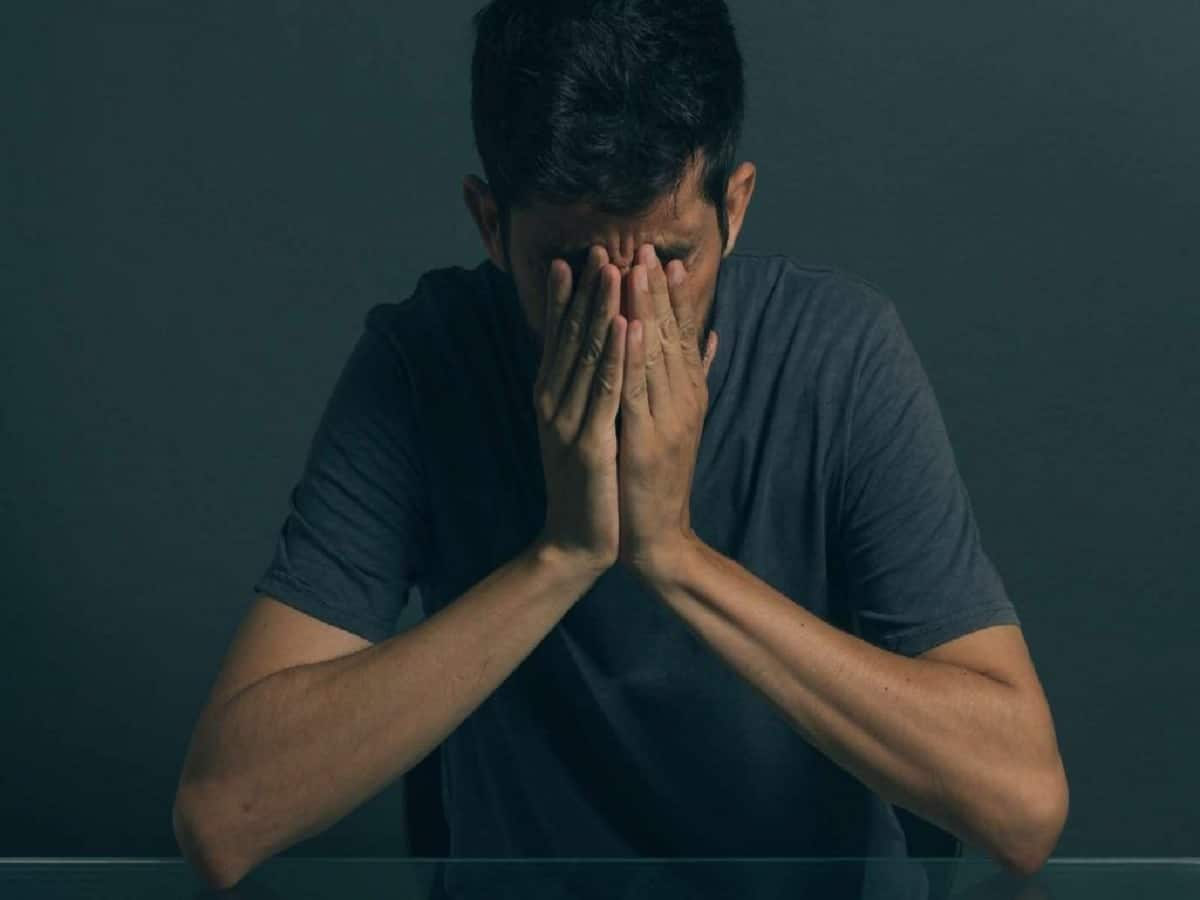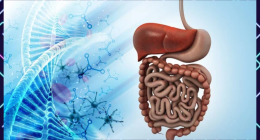Common Mental Disorders Among Youth In India And Misconceptions Related To Mental Health –  According to a report by the World Health Organization, 7.5 per cent of the Indian population suffers from mental disorders.
According to a report by the World Health Organization, 7.5 per cent of the Indian population suffers from mental disorders.
The prevalence of mental disorders is increasing worldwide, with the COVID-19 pandemic largely blamed for the recent surges. According to the World Health Organization (WHO), global prevalence of anxiety and depression increased by a massive 25 per cent in the first year of the COVID-19 pandemic. Unfortunately, mental health remains a taboo in India, and many affected people choose to suffer in silence.
In an exclusive interaction with TheHealthSite, Dr. Preeti Singh, Chief Medical Officer, Lissun – A Mental Health Startup, threw light on the most common mental disorders reported in India and dispelled some of the common misconceptions related to mental health. Excerpts follow:
Q. What is the rate of prevalence of mental disorders in India, as compared to the global rate?
Mental illnesses can affect people of all age groups, gender, ethnicity and/or culture. In a recent study conducted by Ritchie and Roser, 792 million people lived with a mental disorder globally in 2017. India, being the second most populated country in the world, lacks awareness and acceptance in the area due to social conditioning and the stigma attached to it. 7.5 per cent of the Indian population, according to the report made by the World Health Organization, suffers from mental disorders.
In a study conducted by National Mental Health Survey 2015-2016, more than 13 per cent of the Indians will experience “deteriorated” mental health at some point in their lives. The Global Burden of Disease study (1990-2017) revealed that 1 in 7 Indians suffered from a mental disorder in 2017, severity of which varied. The disease burden in India due to mental illness is known to have doubled since 1990.
The study further shed light on an extensive number wherein 45.7 million individuals have depressive disorder and 44.9 million suffer with anxiety disorders from a massive 197.3 million people afflicted by mental disorders, on the whole. The National Mental Health Survey (NMHS) of India estimated that the most common mental morbidity was mental and behavioural disorders caused by psychoactive substance use (22.44 per cent), mood disorders (5.61 per cent), and neurotic and stress-related illnesses (3.70 per cent). Males, middle-aged people, those living in cities, people who are less educated, and living in low-income households were all found to have a higher prevalence.
In 2017, the prevalence of depression was found to be 3.4 per cent, anxiety disorders were 3.8 per cent, bipolar (0.6 per cent), schizophrenia (0.3 per cent), and any mental or substance use disorder was 13 per cent, globally. Improving global health by increasing awareness, identification, support, and treatment for this range of disorders should be of paramount importance.
Q. There are many misconceptions related to mental health in India, what are the common ones that you hear frequently?
Dispelling mental health myths can aid in the eradication of stigma and shaping a culture that encourages individuals of all ages to seek help when needed. Some of the common myths pertaining to mental illness are-
| MYTH | FACT |
| Mental illness is God’s way of punishing us for our past sins. Mental disorders can be treated by a tantric means. | There is scientific and clinical evidence to support its etiology. Treatment primarily involves medication, therapy or both. |
| Mental health medication is addictive and harmful. | Not all psychiatric medications are habit-forming. They need to be taken in regulated doses as prescribed by a psychiatrist only. |
| When a person suffers from a mental illness, he or she has a low IQ. | Mental disorders, like physical illness, can strike anyone, regardless of intelligence, social or financial status |
| Professional treatment is required only for severe mental health problems | Everyone can benefit from taking proactive actions to improve their mental health and well-being, even for mild anxiety or stress. |
| A mental health issue is an indication of weakness; if the person were stronger, they would not be suffering from this problem. | Being weak or lacking determination has little to do with a mental health problem. It is not a choice whether or not to have it. Recognizing the need for help with a mental health problem indicates bravery. |
| Children do not have mental health issues. | Even very young children can display early signs of mental health issues. These are clinically diagnosable and can be the result of biological, psychological, and social variables interacting. In fact, many mental health conditions have their onset in childhood/adolescence. |
| People who suffer from mental illnesses are violent and unpredictable. | The vast majority of people suffering from mental illnesses are no more likely than anyone else to be aggressive or violent. Approximately 3% 5% of violent acts may be attributable to people with serious mental illnesses. In fact, those with serious mental illnesses are over ten times more likely than the average population to be victims of violent crime. |
| Self-help and therapy are pointless exercises. Why bother when a tablet will suffice? | Treatment for mental health issues varies by person and may include medication, therapy, or a combination of the two. During the healing and recovery process, many people have better outcomes with social support. |
| People are “faking it” or doing it for the sake of grabbing attention. | Mental illnesses, like physical illnesses, are not faked. Though not always visible, they are real. |
Q. What are the most common mental disorders that you have seen affecting youth in India? Explain the reasons too.
According to the National Mental Health Survey 2016, the prevalence of mental health conditions among children aged 13 17 years is 7.3 percent, comparable across genders. Depression, anxiety, mood swings, substance abuse/dependence, suicidal behaviour, and eating disorders are some of the most common mental disorders found in the youth.
Also Read | A U.K. Patient Had COVID-19 for 505 Days Straight, Study Shows
Childhood and adolescence are critical years for setting the groundwork for healthy development and mental well-being. An insecure attachment style with primary caregivers in childhood, authoritarian/permissive/neglectful parenting styles, physical or sexual abuse and emotional neglect/abuse, parental conflicts or psychopathology can all contribute to mental health issues later.
Stress and anxiety related to career and academics in an ever-competitive world, loneliness due to a lack of friends, difficulty communicating with parents, body & self-image issues, trauma caused by sexual abuse, gender identity and sexuality conflicts, bullying, and conflicts with parents and teachers in early years could further enhance the risk of mental disorders in youth.
Q. What can be done to increase awareness about mental health among people?
In most low- and middle-income nations, progress in the delivery of mental health services has been marginal. Various factors like lack of funding, mental health not being given its due importance in public health delivery systems, difficulty incorporating mental health services in general medical care, and a shortfall in mental health manpower have led to a significant treatment gap. Thus, community inclusion, training, research and advocacy can all help enhance awareness, which could in turn reduce stigma, improve prevention, early detection of signs and symptoms, community participation and social integration.
Mental health campaigns wherein participation by family members and community is encouraged can help de-stigmatize mental illness. The school system provides a plethora of options to improve mental health awareness. Tapping on the age when many mental health issues begin to emerge, incorporating mental health in academic curriculum as well as through camps and workshops can help reduce stigma and encourage treatment seeking.
Prior effort in the field of mental health awareness relied heavily on the media. Sushant Singh Rajput’s alleged suicide, Deepika Padukone coming forth and talking openly about her depression – all stir conversations about mental health in the public. Making evidence-based information available on public portals and platforms can increase access. Netflix shows and documentaries like ‘House of Secrets’ belonging to the psychological genre, biographies/autobiographies about success stories of recovered patients, collaboration between government programmes and private institutions can help reach the masses. Lastly, in this digital era, online mediums like smartphone applications like Lissun can help enhance not just awareness, but also give access to professional help through a friendly user interface.
Hope you enjoyed reading – Common Mental Disorders Among Youth In India And Misconceptions Related To Mental Health?







